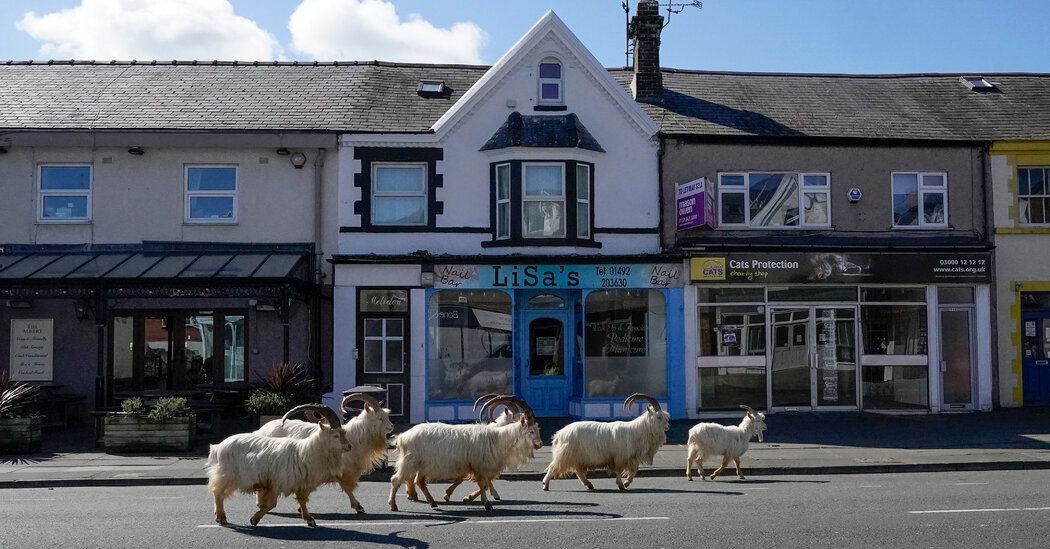Wild Mammals Roamed When Covid Kept Humans Home
Why It Matters: Traffic can take a toll on wildlife.
Many previous studies have shown that roads can alter the behavior of wild animals. But it has been difficult to disentangle the effects of permanent changes to the landscape, such as clearing forests to build a freeway, from the effects of daily human activity, such as rush-hour traffic.
During the early weeks and months of the pandemic, the cars disappeared while the roads, of course, remained, allowing scientists to tease out the effects of traffic. The new findings reinforce those from smaller, more localized pandemic-era studies, providing further evidence that many wild animals change their behavior — and quickly — when cars disappear.
In some ways that is good news, suggesting that even temporary limits on traffic — in critical habitats during certain breeding or migration seasons, for example — could have benefits for animals, Dr. Tucker said. “It shows that animals still have this flexibility or ability to adapt their behavior in response to us,” she said.
Background: Scientists have been investigating the “anthropause.”
The sudden global decline in human movement that followed the arrival of Covid-19 is sometimes called the “anthropause.” Scientists around the world used it as an opportunity to learn more about how humans affect the natural world and what happens when they disappear.
The new study is a product of the Covid-19 Bio-Logging Initiative, which began in 2020. After the shutdowns began, scientists who were already tracking wild animal movements for their own research projects began working together, compiling their data to learn more about animal movements during the pandemic. In total, more than 600 researchers have contributed more than a billion location records for roughly 13,000 animals across 200 species, said Christian Rutz, a behavioral ecologist at the University of St. Andrews in Scotland and the chair of the initiative, which is pursuing multiple lines of investigation.
In the new Science study, researchers compared the movements of terrestrial mammals during the initial lockdowns, which began between Feb. 1 and April 28, 2020, with their movements during the same period in 2019. Although the researchers uncovered some general trends, they also documented considerable variability, finding stronger effects in some species and regions than in others.
What’s Next: More data is coming soon.
The researchers are interested in investigating what happened after the lockdowns eased and whether wild mammals reverted to their previous movement patterns as humans returned to their normal activities.
The bio-logging initiative is continuing and should be ready to publish more results about both bird and mammal movements soon, Dr. Rutz said in an email. “It’s so exciting to be able to share these findings after a three-year journey,” he said. “And we are already thinking about next steps for investigating human-wildlife interactions.”
Source: The New York Times


